- Saudi Arabia
- Things to do in Mekke
- Choosing the Perfect Time: When to Visit Mecca for a Meaningful Experience
Choosing the Perfect Time: When to Visit Mecca for a Meaningful Experience
Mecca welcomes millions of visitors each year, but timing your trip wisely can enhance your experience. Weather, crowds, and religious events play a crucial role in determining the best time to visit. Whether for pilgrimage or spiritual reflection, here’s when to plan your journey for a smooth and meaningful experience.
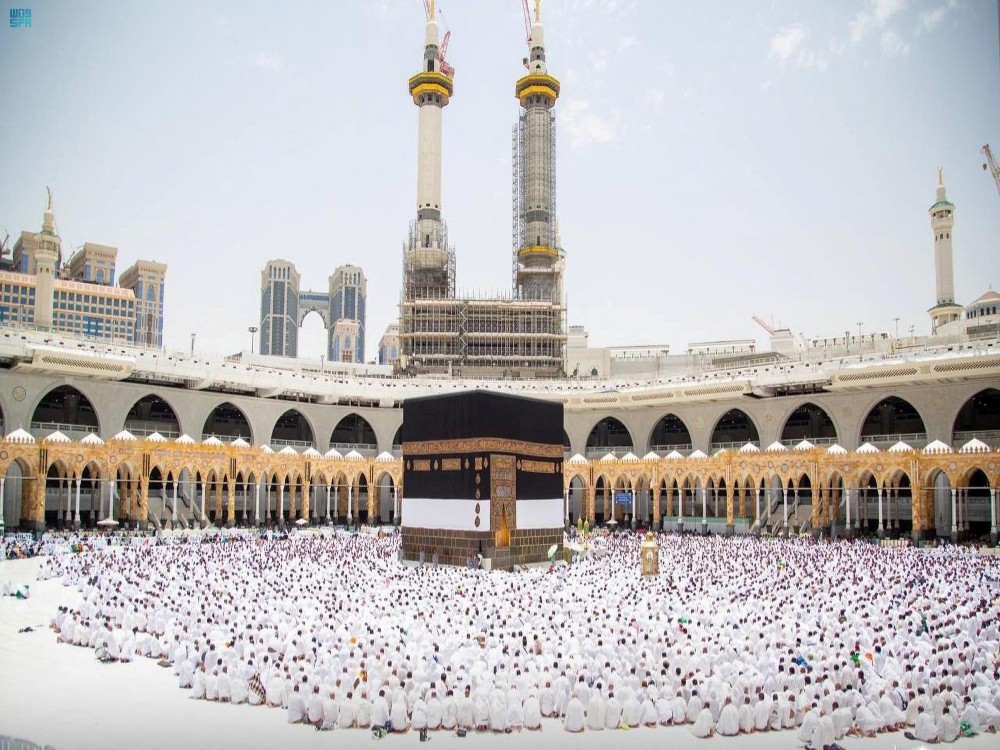
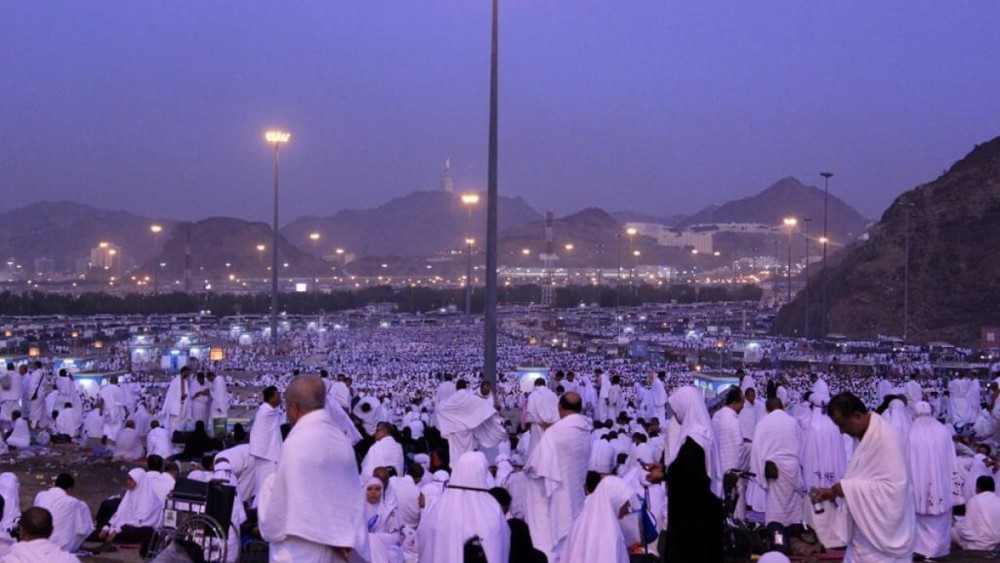
1. Experience the Spirituality of Hajj Season
Hajj, the annual pilgrimage, takes place in Dhul-Hijjah, the 12th Islamic month. While it is a life-changing experience, it also means peak crowds and high prices. Those performing Hajj should prepare for intense heat and large gatherings, ensuring they have all necessary arrangements in place.
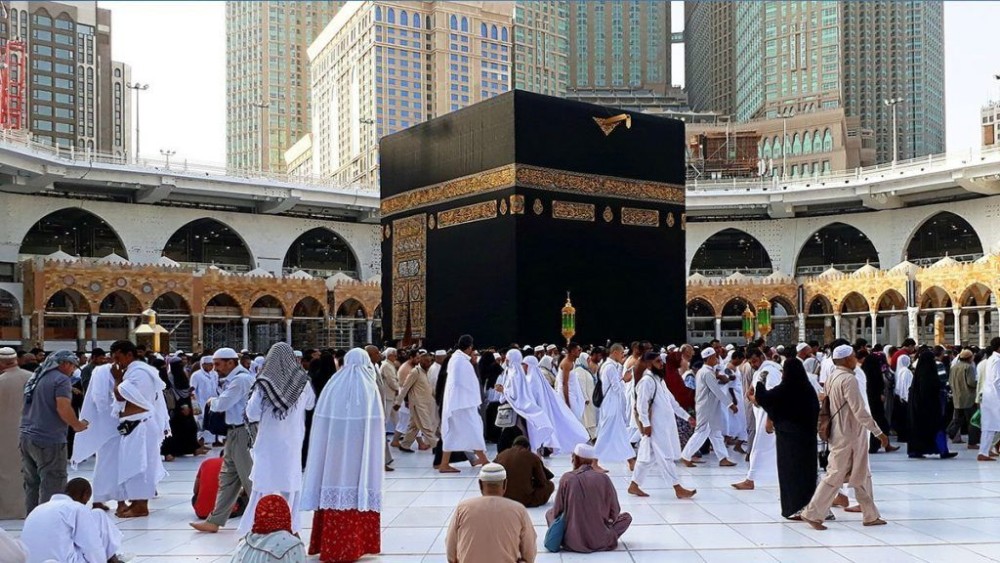
2. Perform Umrah in the Cooler Months
For a less crowded and more comfortable pilgrimage, visiting during winter (November to February) is ideal. The weather is mild, making it easier to perform Umrah and explore the city. This period allows visitors to focus on their spiritual journey without the extreme summer heat.
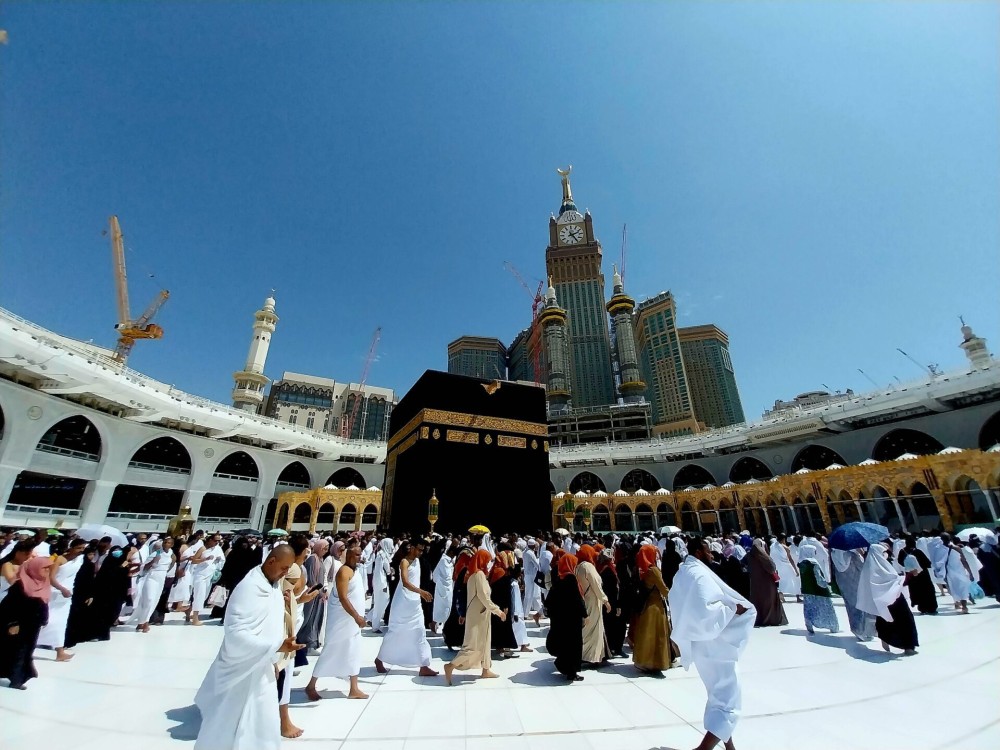
3. Avoid the Heat of Summer
Mecca’s summer months (May to September) bring scorching temperatures, often exceeding 40°C (104°F). While Umrah is possible year-round, the intense heat can make outdoor activities and long walks challenging. Travelers visiting during summer should stay hydrated and schedule outdoor visits during cooler hours.
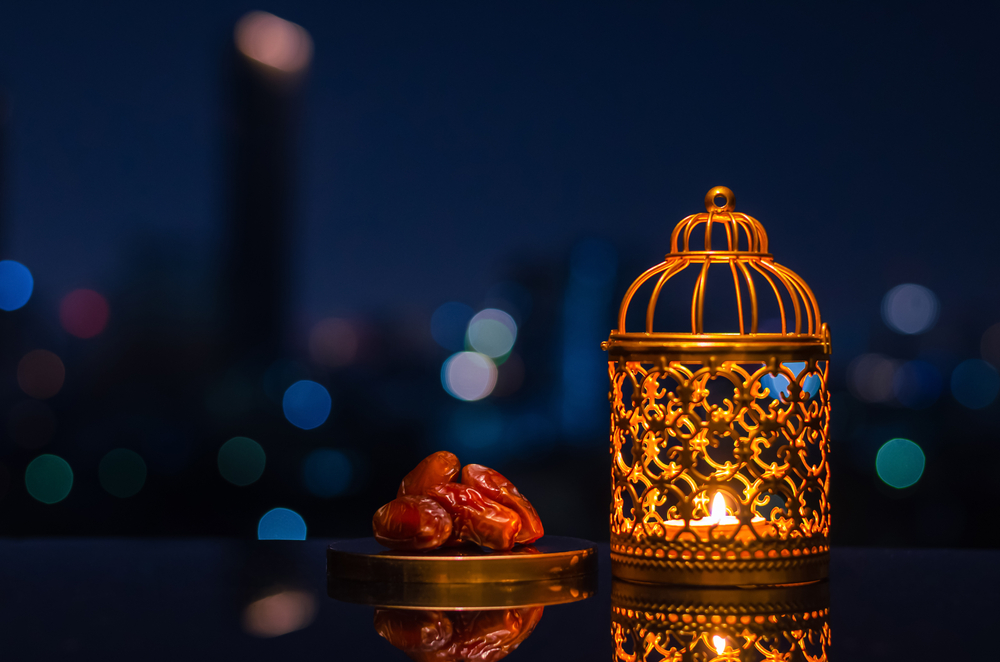
4. Ramadan: A Blessed Yet Busy Time
Ramadan, the holy month of fasting, is one of the most spiritually rewarding times to visit. The atmosphere in Mecca is unmatched, with extended prayers and nightly gatherings at the Grand Mosque. However, it is also one of the busiest periods, so early accommodation bookings are recommended.
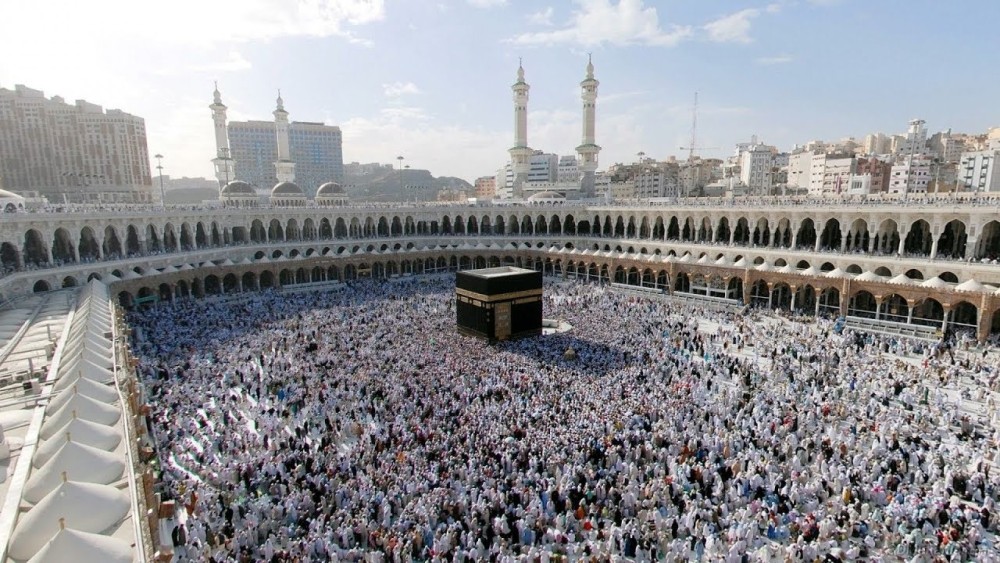
5. The Off-Peak Advantage: Best Time for Comfort
For those seeking a peaceful visit, the months following Hajj (Muharram and Safar) or just before Ramadan offer the best conditions. These months have fewer visitors, making it easier to access the Haram, perform prayers in a serene environment, and explore the city at a relaxed pace.
You may also like these
Copyright © 2025 All Rights Reserved


